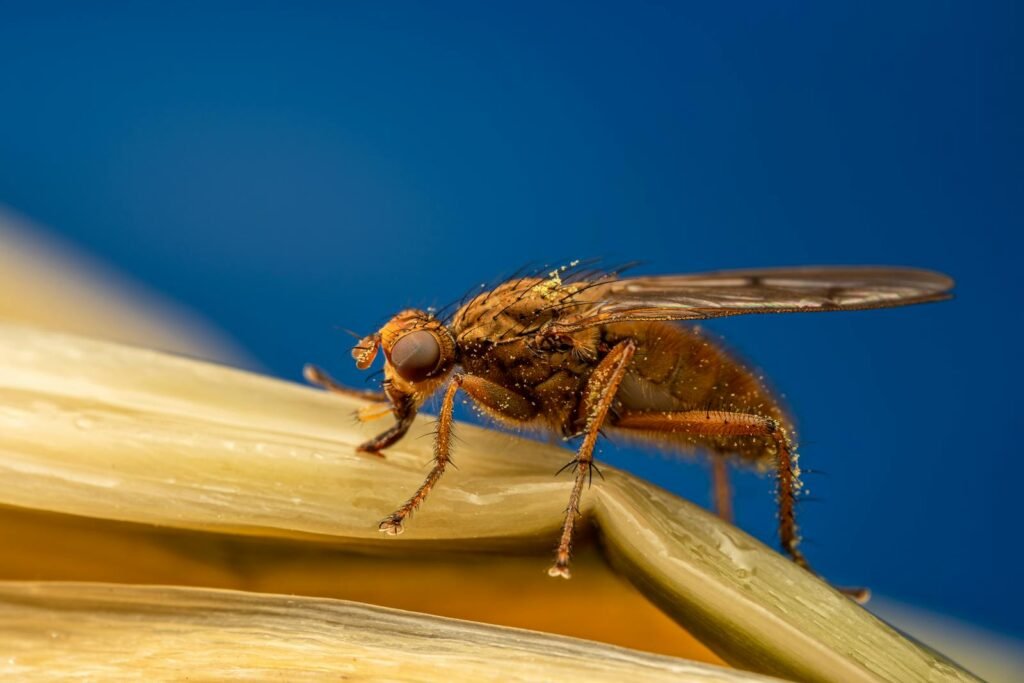Picture this: you’re enjoying a warm summer evening with friends, sipping a cool drink, and suddenly, a tiny fruit fly dives straight into your glass. It’s not just after your fruit salad—these little party crashers are after something far more intoxicating. Believe it or not, fruit flies have a real taste for alcohol, and their love for happy hour goes far beyond mere curiosity. The science behind their boozy behavior is as fascinating as it is unexpected, revealing secrets about addiction, survival, and even our own biology.
The Unlikely Attraction: Why Fruit Flies Seek Out Alcohol
At first glance, it may seem odd that such fragile creatures willingly indulge in something as potent as alcohol. Yet, Drosophila melanogaster—the common fruit fly—has evolved an impressive tolerance and even a preference for fermented foods. Ripe and rotting fruits often emit alcohol as yeast breaks down sugars, creating a natural cocktail that fruit flies can’t resist. Their keen sense of smell draws them straight to these volatile aromas, making them regulars at nature’s own happy hour. This attraction isn’t just about pleasure; it’s also about survival. Alcohol-rich environments offer fruit flies a haven from predators and parasites, giving them a surprising edge in the wild.
Alcohol as a Survival Strategy: Escaping Parasites
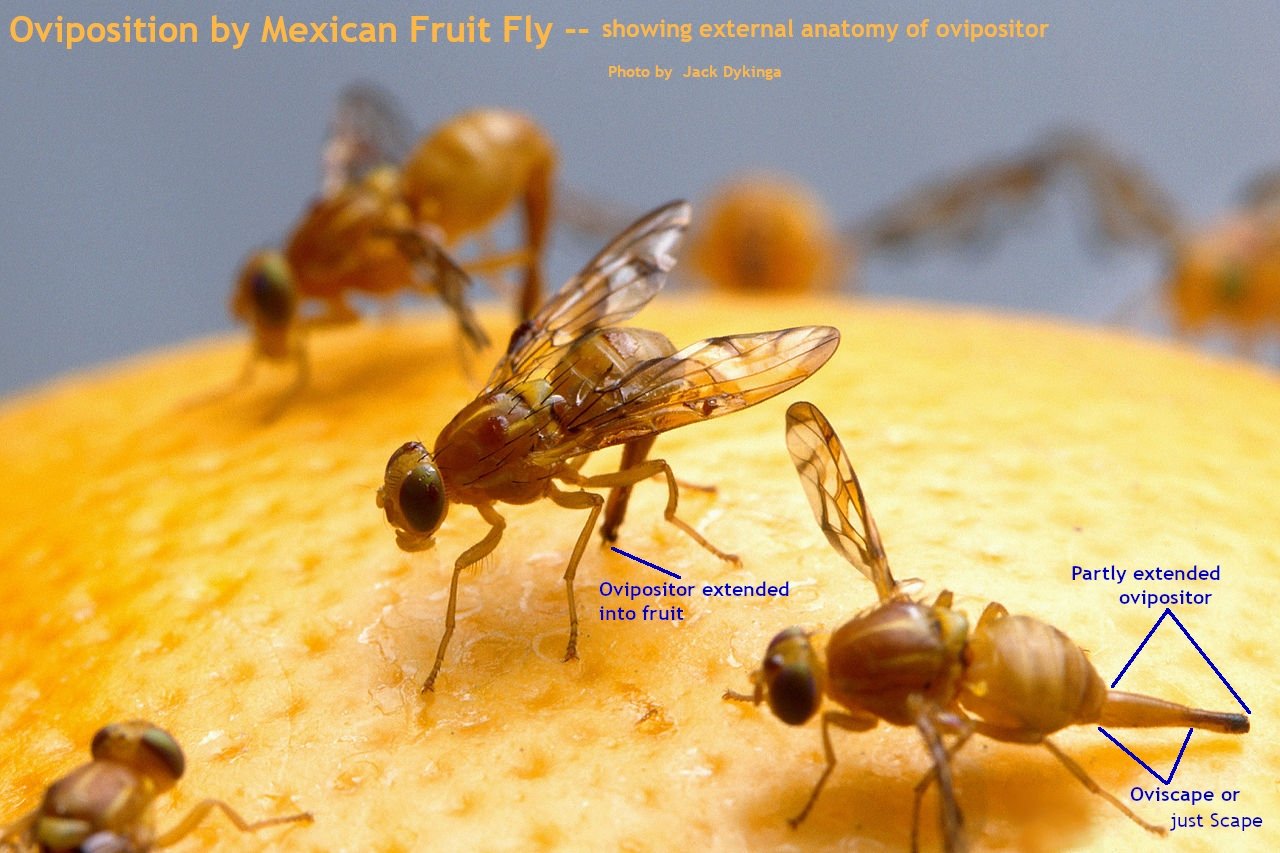
While it might seem reckless for fruit flies to seek out intoxicating substances, there’s a hidden method to their madness. One of the most remarkable discoveries in recent years is that alcohol acts as a natural defense against parasites. Parasitic wasps, a major threat to fruit fly larvae, are less likely to survive in boozy environments. When female fruit flies detect the presence of these wasps, they deliberately lay their eggs in fermented, alcohol-rich fruit. This behavior dramatically increases the survival odds of their offspring, as the alcohol stuns or kills the invading parasites. In this way, happy hour becomes a matter of life and death.
The Genetics of Intoxication: Why Some Flies Handle Their Booze

Not all fruit flies are equal when it comes to holding their liquor. Scientists have uncovered specific genes that control how well these insects cope with alcohol. Some flies possess variations of these genes that make them especially resistant to intoxication, allowing them to function and reproduce in environments saturated with ethanol. Others are more sensitive and quickly succumb to the effects. These genetic differences offer a miniature window into how tolerance and addiction might operate in humans, making fruit flies an unexpected but valuable model for studying alcoholism and its underlying biology.
Love and Booze: Alcohol’s Surprising Role in Fruit Fly Romance

The connection between alcohol and romance isn’t limited to humans. Studies have shown that male fruit flies who are rejected by potential mates are more likely to seek out alcohol-rich environments. It’s as if they’re drowning their sorrows at the local bar! This behavior suggests that the neural reward pathways in fruit flies react to both social rejection and alcohol in similar ways. Unraveling these connections helps scientists better understand how emotions and chemical rewards are linked, offering clues to the roots of addiction and emotional coping mechanisms.
Fruit Flies as Tiny Bartenders: Their Role in Fermentation

Fruit flies are more than just consumers at nature’s bar—they also play a critical role in the fermentation process itself. As they flit from fruit to fruit, they carry yeast and bacteria on their bodies, helping to spread these microbes and kickstart new batches of fermentation. In this way, Drosophila act as tiny bartenders, ensuring that the cycle of ripening, rotting, and renewal continues. Without their help, the natural world’s happy hour would be far less lively, and the flavors we love in wine, vinegar, and even bread might not exist as we know them.
The Drunk Fly Test: How Scientists Study Alcohol Use

Scientists have developed clever ways to study alcohol use and addiction in fruit flies. The “inebriometer,” for example, is a device that measures how quickly flies become intoxicated and lose coordination after exposure to ethanol vapor. By observing their wobbling and tumbling, researchers can assess tolerance levels, genetic mutations, and even test the effects of new drugs. This simple yet effective setup allows for rapid insights into the effects of alcohol on the nervous system, making fruit flies an indispensable tool in addiction research.
Lessons for Humans: What Fruit Flies Teach Us About Addiction
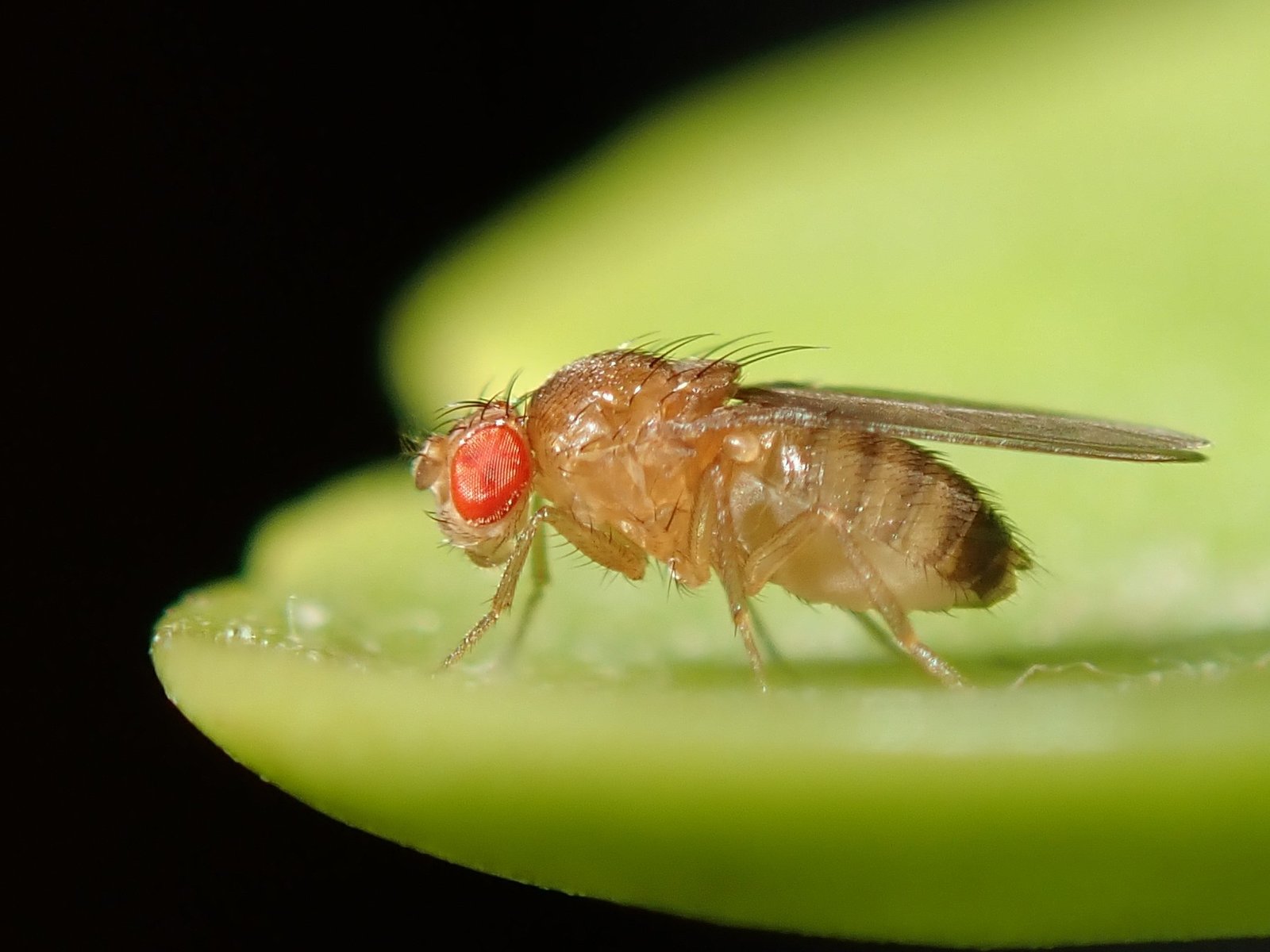
It’s astonishing how much we can learn about ourselves from such tiny creatures. Fruit flies share many of the same genes and neural pathways involved in addiction and reward as humans do. Their simple brains make it easier to pinpoint the molecular triggers behind compulsive behavior, craving, and relapse. By studying how fruit flies develop tolerance or succumb to the lure of alcohol, scientists hope to uncover new treatments for substance abuse and better understand the roots of addictive behaviors.
The Party Isn’t Always Fun: Risks and Limits of Alcohol in Nature
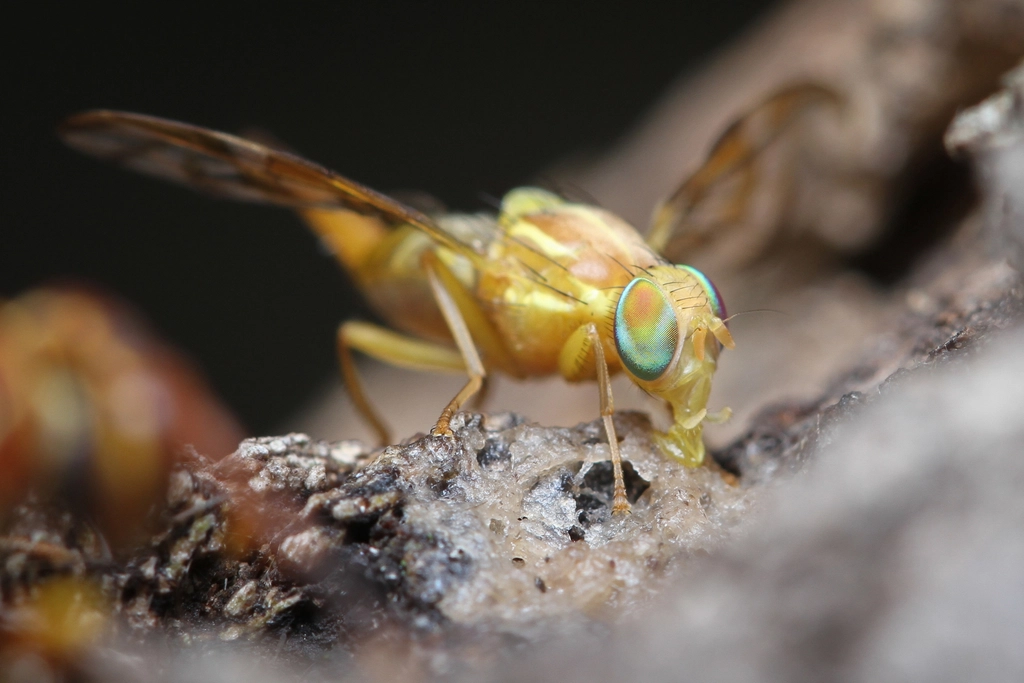
Despite their remarkable adaptations, fruit flies can suffer negative consequences from overindulgence. Too much alcohol can impair their coordination, reduce fertility, and even prove fatal if they’re exposed for too long. Natural selection has equipped them with impressive defenses, but there’s still a fine line between benefit and harm. This delicate balance mirrors the challenges faced by humans, reminding us that even nature’s smallest partygoers must drink responsibly.
From Lab to Living Room: Fruit Flies in Everyday Life
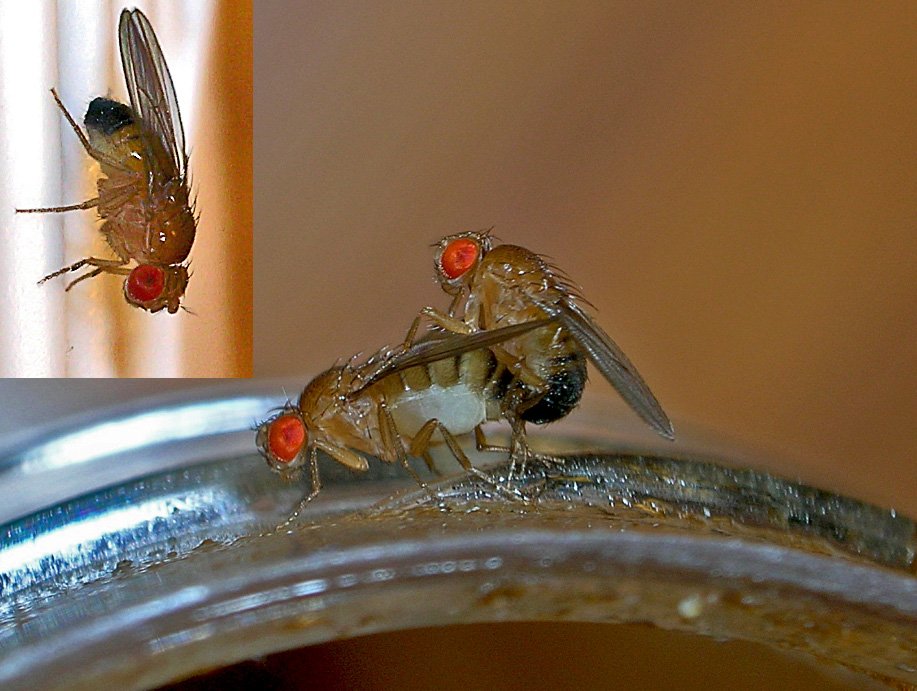
Fruit flies aren’t just lab animals or kitchen nuisances—they’re also silent participants in the world’s grand experiment with fermentation. If you’ve ever left a banana out too long or opened a bottle of wine only to find a few winged guests, you’ve witnessed this ancient relationship firsthand. Their presence in our homes is a testament to the enduring power of fermentation and the deep connections between humans, microbes, and the creatures that thrive alongside us.
The Universal Appeal of a Good Happy Hour
What draws fruit flies to alcohol is surprisingly similar to what attracts us: the promise of reward, safety, and even a bit of comfort. Their tiny brains, shaped by millions of years of evolution, remind us that the search for pleasure and survival is universal. Whether it’s a fruit fly hovering over a cider glass or a human toasting to good times, the love for happy hour reflects a shared journey through the delights and dangers of nature’s chemistry.
Reflections on Nature’s Partygoers
The next time a fruit fly crashes your cocktail, pause for a moment and consider the wild, wondrous science behind its behavior. These tiny insects carry stories of survival, adaptation, and biological mystery that stretch far beyond the rim of your glass. Their love of happy hour is more than a nuisance—it’s a window into the secrets of life, addiction, and the never-ending dance between species and their environments. What other surprises might be hiding in your next sip?

